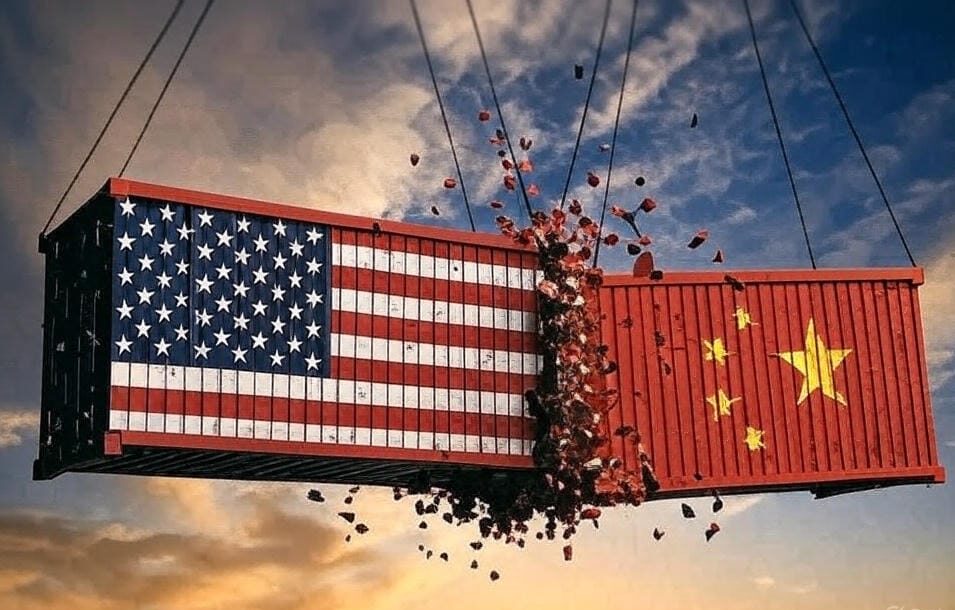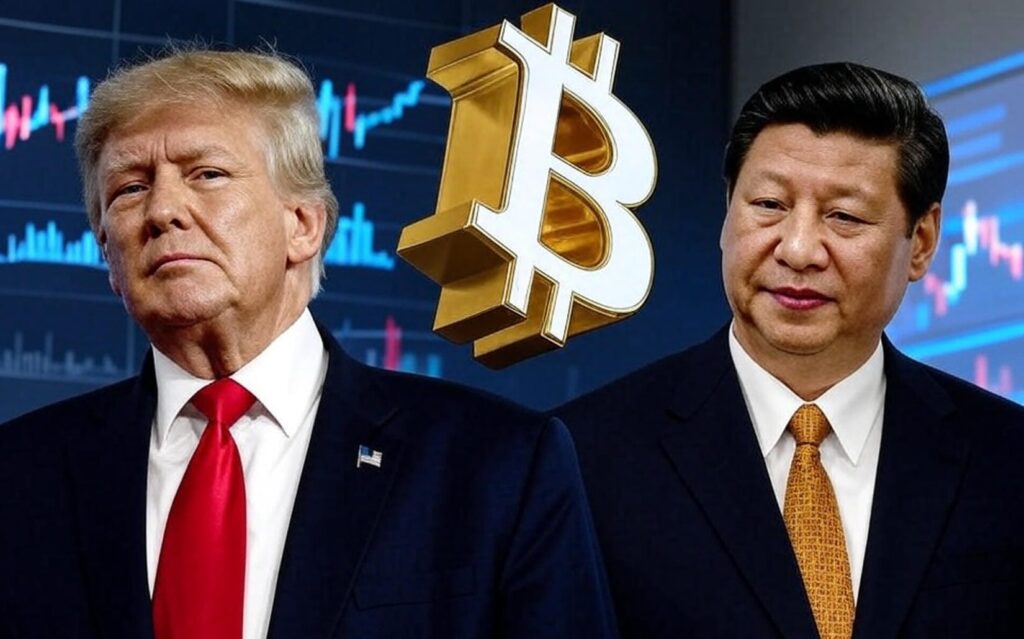
In a bold escalation of longstanding tensions, President Donald Trump announced on October 10, 2025, an additional 100% tariff on all Chinese imports, effective November 1, 2025, or sooner if Beijing escalates further. This measure, layered atop existing duties averaging 30-40%, could push effective rates above 130%, reigniting fears of a full-blown trade war. Triggered by China’s new export controls on 12 of 17 rare-earth minerals—vital for semiconductors, electric vehicles, and defense technologies—the policy threatens to disrupt global supply chains and inflate costs for American consumers. As bilateral trade, valued at $194 billion in U.S. imports from China through July 2025, hangs in the balance, experts warn of profound economic ripple effects. This development not only tests U.S.-China relations but also underscores the high stakes of protectionist strategies in an interconnected world economy.
Background of the US-China Tariff Escalation
The roots of this conflict trace back to the 2018 trade war, where initial U.S. tariffs on $300 billion in Chinese goods aimed to address intellectual property theft and unfair subsidies. By April 2025, rates peaked at 145%, prompting a fragile truce that reduced them to current levels and extended negotiations until November 10, 2025. China’s October 9 announcement of rare-earth controls—covering 80% of global supply—directly provoked Trump’s response, described in a Truth Social post as retaliation against Beijing’s “sinister and hostile” actions.
Key Timeline of Recent Events
- March 2025: U.S. tariffs on Chinese products doubled to 20%, met with 15% Chinese retaliation on U.S. farm exports.
- April 2025: Peak at 145% U.S. rates; exemptions granted for electronics amid market turmoil.
- August 2025: 90-day truce extension averts embargo; talks resume in Switzerland.
- October 9, 2025: China imposes rare-earth export licenses, effective December 1.
- October 10, 2025: Trump declares 100% tariffs plus U.S. export controls on critical software.
This chronology highlights a pattern of brinkmanship, with both sides leveraging deadlines like the Asia-Pacific Economic Cooperation summit in Seoul for potential Trump-Xi talks.
Immediate Economic Impacts on the United States

The tariff announcement triggered immediate market volatility, erasing $2 trillion in U.S. stock value on October 10 and prompting $19-20 billion in cryptocurrency liquidations. Retailers like Target and Walmart brace for holiday-season disruptions, as Chinese imports constitute 20-30% of consumer goods. Analyses from the Tax Foundation project a $576 billion revenue boost over a decade, but dynamic effects could slash this by $43 billion due to reduced trade volumes.
Sector-Specific Disruptions
- Consumer Goods: Smartphones and apparel prices could rise 20-30%, adding $1,300 annually to household costs, per Yale Budget Lab estimates.
- Manufacturing: Gains in steel (up 50,000 jobs) offset by tech shortages; Ford reported $800 million quarterly losses from prior tariffs.
- Agriculture: Soybean exports to China, already down 51% year-to-date ($2.6 billion loss), face further retaliation, exacerbating farm bailouts exceeding $28 billion since 2018.
Unemployment could climb to 4.7% by year-end, per Congressional Budget Office models, with low-income families hit hardest by inflation spikes of 1-2%.
China’s Response and Broader Global Repercussions
Beijing swiftly vowed retaliation, matching U.S. port fees effective October 14 and hinting at 84% tariffs on American goods. The commerce ministry labeled Trump’s move “intimidation,” pledging to “fight to the end” while accelerating yuan devaluation (5-10%) and stimulus like 100 basis-point reserve requirement cuts. Goldman Sachs forecasts a 2.2-2.4% hit to China’s 2025 GDP, but export rerouting to Vietnam and Mexico could mitigate 30-50% of losses.
Global Supply Chain Vulnerabilities
- Rare-Earth Dependencies: Shortages may raise tech costs 10-20% worldwide, straining EU and Japanese industries.
- Trade Diversion: WTO consultations loom; emerging markets face commodity volatility, with world GDP growth slowing 0.5-1.0%.
- Alliance Strains: Australia rejected China’s tariff alliance offer, while India boosts Russian oil imports amid U.S. duties.
The Peterson Institute warns of 1-2% global trade contraction, fragmenting economies into U.S.- and China-led blocs.
Long-Term Implications for Businesses and Policy

If implemented without exemptions, these tariffs could shrink U.S. GDP by 0.4% ($110 billion annually) and eliminate 825,000 jobs by 2034, according to Tax Foundation projections. Businesses face “irreversible damage,” with supply chains rerouting at 10-15% higher costs. Trump’s October 17 Fox Business interview tempered rhetoric, calling 157% rates “not sustainable” and expressing optimism for a “fair deal,” hinting at negotiation leverage.
Strategic Recommendations for Stakeholders
- Diversify Suppliers: U.S. firms should accelerate “friend-shoring” to Mexico and India to buffer rare-earth risks.
- Monitor Legal Challenges: Federal courts deem some IEEPA-based tariffs illegal; Supreme Court review set for November 5.
- Advocate for Exemptions: Tech and auto sectors, exempt in April 2025, must lobby for continuity amid software export curbs.
Project 2025’s tariff blueprint risks theocratic overtones in enforcement, blending economic policy with surveillance, per critics.
Navigating the Path Forward Amid Uncertainty
As November 1 approaches, the tariff standoff exemplifies the perils of unilateral protectionism in a multipolar world. While aimed at reshoring and fentanyl curbs, the policy disproportionately burdens U.S. consumers and exporters. Ongoing “working-level” talks offer a slim window for de-escalation, but failure could entrench decoupling, costing trillions globally. Policymakers must prioritize multilateral forums like the WTO to mitigate fallout. For businesses and investors, agility in supply chains and hedging against inflation remain paramount. Ultimately, sustainable trade requires reciprocity, not retaliation—lest the flames of this war consume the very economies they seek to protect.





